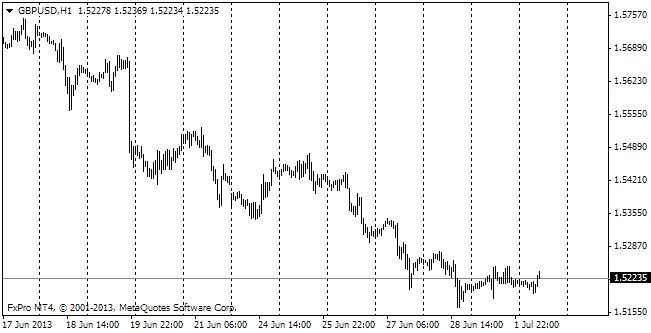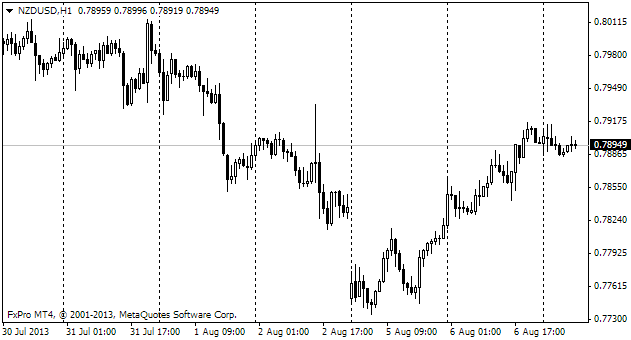EUR/usd
USD's growth at the beginning of the US session last Friday could be easily accounted for by the desire to lock in profits. For that reason market participants selected the first coming macroeconomic report as a cause to lock in profits. The newsfeeds say that they hurried to sell the dollar on the message about increase in business inventories by 0.3%. But in our opinion, it's hardly reasonable. This growth of business inventories, in accord with some surveys, met the expectations. Moreover, the news releases before and after the business inventories report were also better than expected. And they were of much higher importance. Thus, retail sales grew by 0.3% m/m and the core index (excluding auto and gas) rose by 0.6% against the forecasted 0.4%. Further there was a release of Prelim UoM Consumer Sentiment Index, which also surpassed the expectations. Despite all fundamental factors bulls managed to push eurusd up to 1.2576 during the Asian session. Yet, then selling again became more intense as players, even the most self-confident, can't row against the stream for long. As a result, the pair is now consolidating near 1.2485. Last week it served as a resistance. If this level holds out (which will be surprising), advocates of the technical analysis will have more grounds to expect growth of the pair in the near future as there will be two obvious factors: an upward withdrawal from the consolidation and an effective support at the level of the preceding resistance. In Morgan Stanley, for example, they called purchases of EURUSD at 1.2510 with the target at 1.2900 a trend of the week. In our turn, we recommend to be cautious with purchases against the trend and treat pullbacks as a reasonable opportunity to sell at a higher price.
GBP/USD
Last week the cable was attacking the lows because of the BOE's dovish mood regarding the interest rates and economy in general in the quarterly inflation report. Selling stopped only already when the price fell below 1.5600. The following short-term pullback raised the pair almost by a figure and a half, though for a while. Now trading is held at 1.5640. The thing is that the top figures of the Bank keep putting pressure on the pound. Carney still considers that the British labour market is still suffering a slowdown and Haldane, the chief economist and MPC member, calls his views on the inflation prospects ‘dovish'. Even if you find the pound's decline against the euro surprising, the decline of the former against the dollar will look quite reasonable in the coming weeks.

USD/JPY
Japan again suffers recession. The hopes of market participants proved to be vain. Most economists staked that after the sharp decrease in the second quarter the GDP would grow in the third quarter on recovering from the tax increase. But it didn't happen, which means that, most likely, Abe will try to postpone the next step of tax increase not to suppress the economy. This news gives rise to more and more speculations that instead of the government inflation will have the only driver in the BOJ, so the printing press will have to work even more intensely.

NZD/USD
The Kiwi shot up at the beginning of the weekly trading due to the strong data on retail sales. In the third quarter the growth made 1.5% against 1.1% three months ago and the expected 0.8. It should be mentioned that for now the slump of prices on dairy products hasn't caused as much damage as feared by economists.
